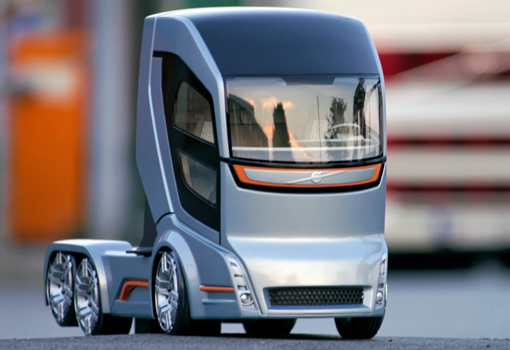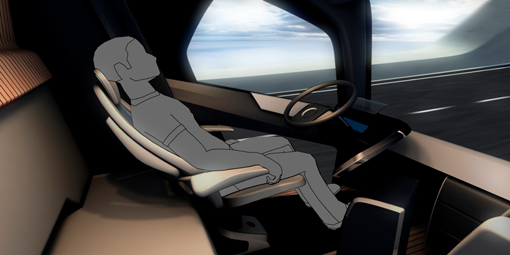Is the public ready for driverless vehicles?
WITH the myriad of advances in technology in the last decades, it is possible for vehicles to travel without a driver, but does society want that to happen?
Autonomous vehicles first arrived on the motoring scheme in the Seventies in Japan and since that time projects have sprung up at universities, research institutes and technology firms worldwide. Many thousands of miles have been clocked up and many of those developing the technology believe such vehicles could be the answer to road congestion by increasing capacity and make roads much safer by eliminating driver error.
Their argument is that 90 per cent of accidents are, in fact, down to human error. Opponents argue that computers are not exactly the most infallible things in the world and who, if an collision did take place, would be legally liable?
Automated systems which include sensors, cameras and traffic-monitoring radar are regarded by many as having some advantages over humans, but Carl Johan Almqvist, traffic and product safety director at Volvo Trucks believes the safest approach is to combine automated systems with the professional driver’s knowledge and experience.
“We believe in the driver and appreciate that the human brain can make decisions that automatic systems struggle with,” he says. “The computer never gets tired, but it can only do things for which it is programmed. As soon as you are outside of normal situations, that is where the driver’s skill comes in. Drivers are often best placed to assess a situation and to choose between slowing down, panic braking or driving round an obstacle.”
With that in mind, Volvo Trucks is working on systems that support drivers in situations where they are under-stimulated, such as when stuck in a traffic jam. “When you are moving slowly your mind wanders, you aren’t focused on driving and if the car in front suddenly stops, you more likely to hit it,” says Almqvist. “These are situations where it’s a good idea to support the driver.”
Volvo’s vision of combining a well-trained professional driver with increased automation is being realised through the Safe Road Trains for the Environment (SARTRE) project. The idea behind the project — of which Volvo is a part through its centre for research and innovation, Volvo Technology — is to develop a technology for vehicle ‘platooning’ – that is, a convoy where a professional driver in a lead vehicle drives a line of other vehicles. Each vehicle in the convoy measures the distance, speed and direction to the car in front and adjusts accordingly. The vehicles are not physically attached to each other and can leave the procession at any time. However, once in the platoon, the following drivers can relax and do other things while the platoon proceeds towards its destination under the expert guidance of the lead driver.
Platooning is expected to deliver a number of benefits including road safety, fuel consumption and CO2 emissions. Road congestion will be reduced as vehicles will be only a few metres apart; and the drivers of the following vehicles will be able to rest, eat or even work.
The technology has been successfully tested with one car following the lead vehicle. Public acceptance and the relevant legislation may, however, be longer in coming.


